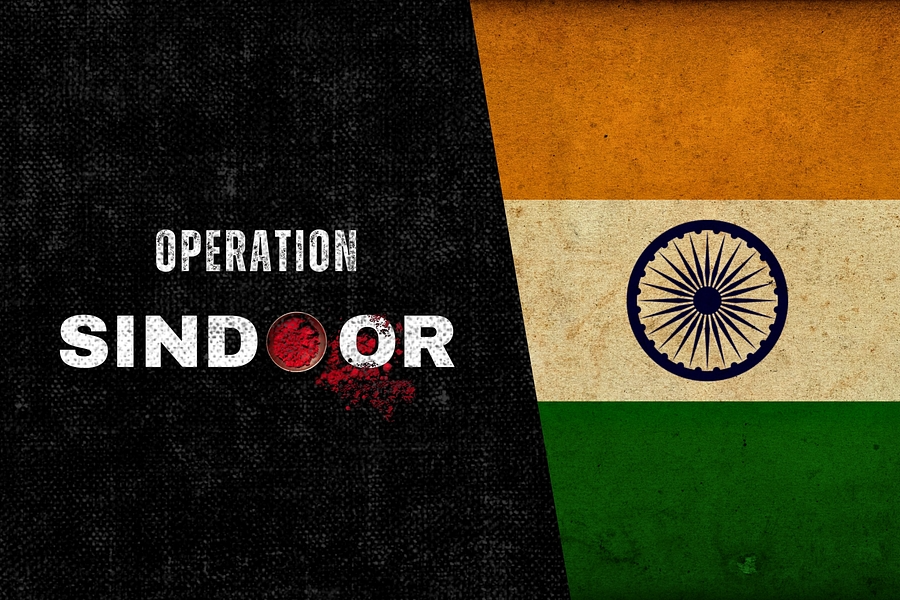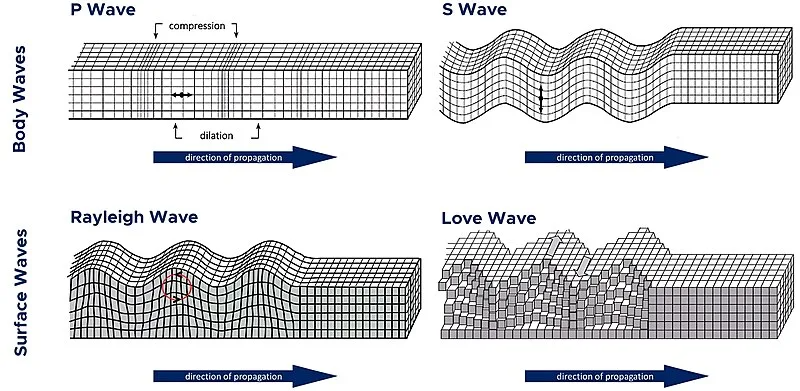July 22nd Current Affairs

Operation Sindoor
July 21st Current Affairs Home / Operation Sindoor Why in News? Parliament’s Monsoon Session, starting July 21, 2025, is expected to feature
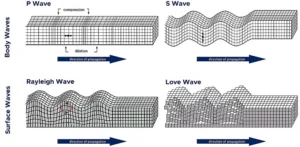
Alaska Earthquakes
July 21st Current Affairs Home / Alaska Earthquakes Why in News? On July 21, 2025, Alaska Peninsula was struck by

August 2, 2027 Solar Eclipse
July 21st Current Affairs Home / August 2, 2027 Solar Eclipse Why in News? A total solar eclipse is set

India’s milestone in clean energy transition
July 21st Current Affairs Home / India’s milestone in clean energy transition Why in News? India achieved a milestone by

‘Baby Grok’, child-friendly AI app
July 21st Current Affairs Home / ‘Baby Grok’, Child-friendly AI app Why in News? Elon Musk’s AI company xAI has announced
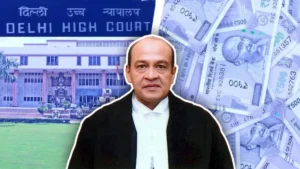
Impeachment proceedings against Justice Yashwant Verma
July 22nd Current Affairs Home / Impeachment proceedings against Justice Yashwant Verma Context On July 22, 2025, impeachment proceedings against
Impeachment proceedings against Justice Yashwant Verma
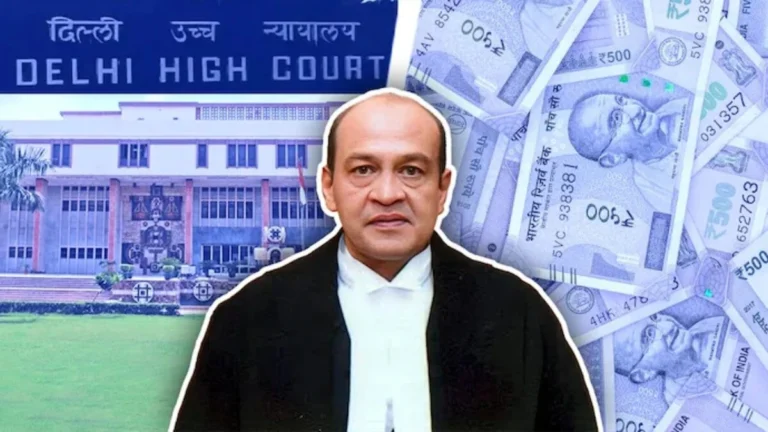
Context
On July 22, 2025, impeachment proceedings against Justice Yashwant Verma were formally initiated following the submission of a notice supported by 145 Lok Sabha MPs and 63 Rajya Sabha MPs. The move comes in the wake of the alleged recovery of a large amount of unaccounted cash from his official residence in March during a fire accident. A three-judge in-house inquiry committee found Justice Verma’s conduct to be suspicious and recommended action, which has now triggered the constitutional impeachment process.
Historical Instances
India has never successfully impeached a sitting judge. However, two notable failed attempts include:
- Justice V. Ramaswami (1993): Despite serious financial misconduct allegations, the motion failed in Lok Sabha due to abstention by ruling party members.
- Justice Soumitra Sen (2011): The Rajya Sabha passed the motion, but Justice Sen resigned before it could be taken up in the Lok Sabha, thus ending the process.
- Another recent case was the pending impeachment motion against Justice Shekhar Kumar Yadav in 2024, which was signed by 55 Rajya Sabha MPs but has not advanced procedurally.
Constitutional Provisions
The procedure for the removal of judges is laid out in:
- Article 124(4) (for Supreme Court judges)
- Article 217(1)(b) (for High Court judges)
A judge can be removed only on grounds of “proved misbehaviour” or “incapacity”. The removal process is deliberately complex to uphold judicial independence while providing a safeguard against misconduct.
Legal Background & Procedure
The Judges (Inquiry) Act, 1968 governs the detailed procedure:
- Notice Submission: Requires signatures of at least 100 Lok Sabha or 50 Rajya Sabha MPs.
- Admittance: Speaker/Chairman may admit or reject the motion.
- Constitution of Inquiry Committee: Comprising (i) a Supreme Court judge, (ii) Chief Justice of a High Court, and (iii) a distinguished jurist.
- Inquiry & Report: If misconduct is established, the motion is presented in both Houses.
- Voting: Each House must pass the motion by a two-thirds majority of members present and voting.
Definition of Technical Terms
- Impeachment: A formal process to remove high public officials, including judges, for misconduct.
- In-house inquiry: A confidential preliminary investigation by a judicial panel to assess misconduct before formal proceedings.
- Cognisable offence: An offence where police can arrest without a warrant.
- Distinguished jurist: A legal expert with wide recognition and credentials, nominated to bring an external viewpoint to judicial inquiries.
Impacts
On Judiciary:
- Could set a rare precedent in judicial accountability.
- Highlights the judiciary’s internal mechanisms for dealing with misconduct.
On Legislature:
- Displays increasing willingness by Parliament to hold the judiciary accountable.
- May escalate tensions between judiciary and legislature.
On Public Perception:
- Could strengthen faith in constitutional checks and balances if due process is followed.
- Alternatively, risks politicisation if seen as targeting judges for ideological reasons.
Way Forward
- Ensure Procedural Fairness: Justice Verma’s pending writ petition must be adjudicated swiftly to uphold his right to a fair hearing.
- Transparency with Restraint: While judicial discipline demands confidentiality, a transparent and dignified process will enhance institutional credibility.
- Strengthening In-house Mechanisms: The judiciary should formalise timelines and strengthen follow-up action after inquiry reports.
- Depoliticising Impeachment: Safeguards should be reinforced to prevent the process from being used as a political weapon
Prelims MCQ
Q. With reference to the impeachment proceedings of High Court judges in India, consider the following statements:
- A judge of a High Court can be removed from office only on grounds of proved misbehaviour or incapacity.
- The motion for impeachment requires support from at least 100 members of Lok Sabha or 50 members of Rajya Sabha.
- The inquiry committee under the Judges (Inquiry) Act, 1968 consists of the Chief Justice of India, the Chief Justice of a High Court, and the Attorney General of India.
Which of the above statements is/are correct?
A. 1 and 2 only
B. 2 and 3 only
C. 1 and 3 only
D. 1, 2 and 3
Correct Answer: A. 1 and 2 only
Explanation:
- Statement 1 is correct: Articles 124(4) and 217(1)(b) provide for removal on grounds of proved misbehaviour or incapacity.
- Statement 2 is correct: Minimum 100 LS or 50 RS members must support the notice.
- Statement 3 is incorrect: The inquiry committee includes a Supreme Court judge, Chief Justice of a High Court, and a distinguished jurist, not the Attorney General.
Mains Question
Q. Critically examine the constitutional and legal mechanisms for judicial accountability in India in light of the impeachment proceedings against Justice Yashwant Verma. (250 words)



